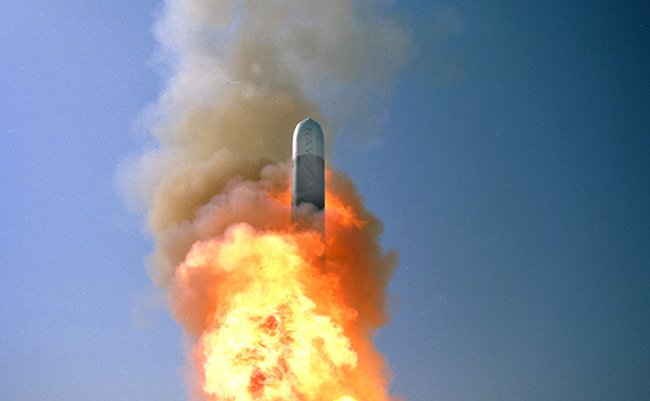北朝鮮メディア『労働新聞』は、新たに組織された「鉄道機動ミサイル連隊」が15日、列車から発射されたミサイルが800キロ先の日本海上の目標に正確に命中したと報じたことが話題になっています。これに先立つ2日前の13日には、新型の長距離巡航ミサイルの試射成功を発表していた北朝鮮。この時に公開された複数の写真から、アメリカの初期型トマホークに似た構造であると分析するのは、軍事アナリストの小川和久さんが主宰するメルマガ『NEWSを疑え!』の共著者である静岡県立大学グローバル地域センター特任准教授の西恭之さんです。西さんは今回、「自走式発射機は再利用できるか?」「日本はどう対処したらいいか?」など、読者が抱いたこの新型巡航ミサイルへの疑問に答えます。その中で、搭載する小型核弾頭が完成しているかは不明であること、低空監視体制の強化が必要となれば、相応の手段はあると伝えています。
北朝鮮の巡航ミサイルの能力と対策
北朝鮮の朝鮮中央通信は9月13日、同国の国防科学院が11日と12日に新型の長距離巡航ミサイルの試射に成功したと報じた。北朝鮮国内で楕円や8の字の軌道を描いて1500キロ飛行し、目標に命中したという。北朝鮮の発表が事実なら、沖縄本島を含む日本列島が射程に入る。今回は、このミサイルについて読者からいただいた質問にお答えしたい。
1)朝鮮中央通信が配信した写真では、自走式発射機の後ろに炎が勢いよく上がっているが、それでも発射機は再使用できるのか?
おそらく再使用できる。各国のミサイル発射機には、内部でミサイルに点火して発射(ホットローンチ)しながら再使用するものも多い。日米の水上艦のMk.41 垂直発射システム(VLS)は、排気を発射筒とは別の管に流して甲板上に排出する装置を備えているので、ミサイルを発射すると、その発射筒の隣の細長い区画が開いて炎が上がる。北朝鮮のこのミサイルの発射筒は発射炎をじかに排出するので、耐熱性はVLSほどなくてよい。
一定以上の大きさのミサイルは、発射筒の中でロケットエンジンを点火すると艦艇や車両を損傷するので、別の装置で発生させたガスの圧力で射出し、空中で点火するコールドローンチ方式を採用している。北朝鮮は2016年4月、潜水艦発射弾道ミサイル(SLBM)「北極星1号」を水中から発射して点火に成功し、陸上配備した準中距離弾道ミサイル(MRBM)「北極星2号」にもコールドローンチ方式を採用している。
2)ミサイル自体の噴射によって、楕円や8の字の軌道を飛び続けることができたのか?
この巡航ミサイルが飛び続けるための推力は、発射時のロケットエンジンではなく、空中で始動したターボファンエンジンの噴射から生み出されている。つまり、無人のジェット機が周回飛行したということだ。
発射中の写真には、ミサイル後方に短いロケットブースターが映っている。巡航中の写真ではブースターが投棄され、本体後部から尾翼3枚、中央部から主翼2枚を広げている。このしくみはトマホークと同じだ。
北朝鮮の長距離巡航ミサイルは、吸気口(エアインテーク)が本体から飛び出ており、トマホークの初期型(1980年代)に似ている。トマホークの後期型(2000年代)は、吸気口の前にくぼみがあり、吸気口が本体と同一平面に収められている。









